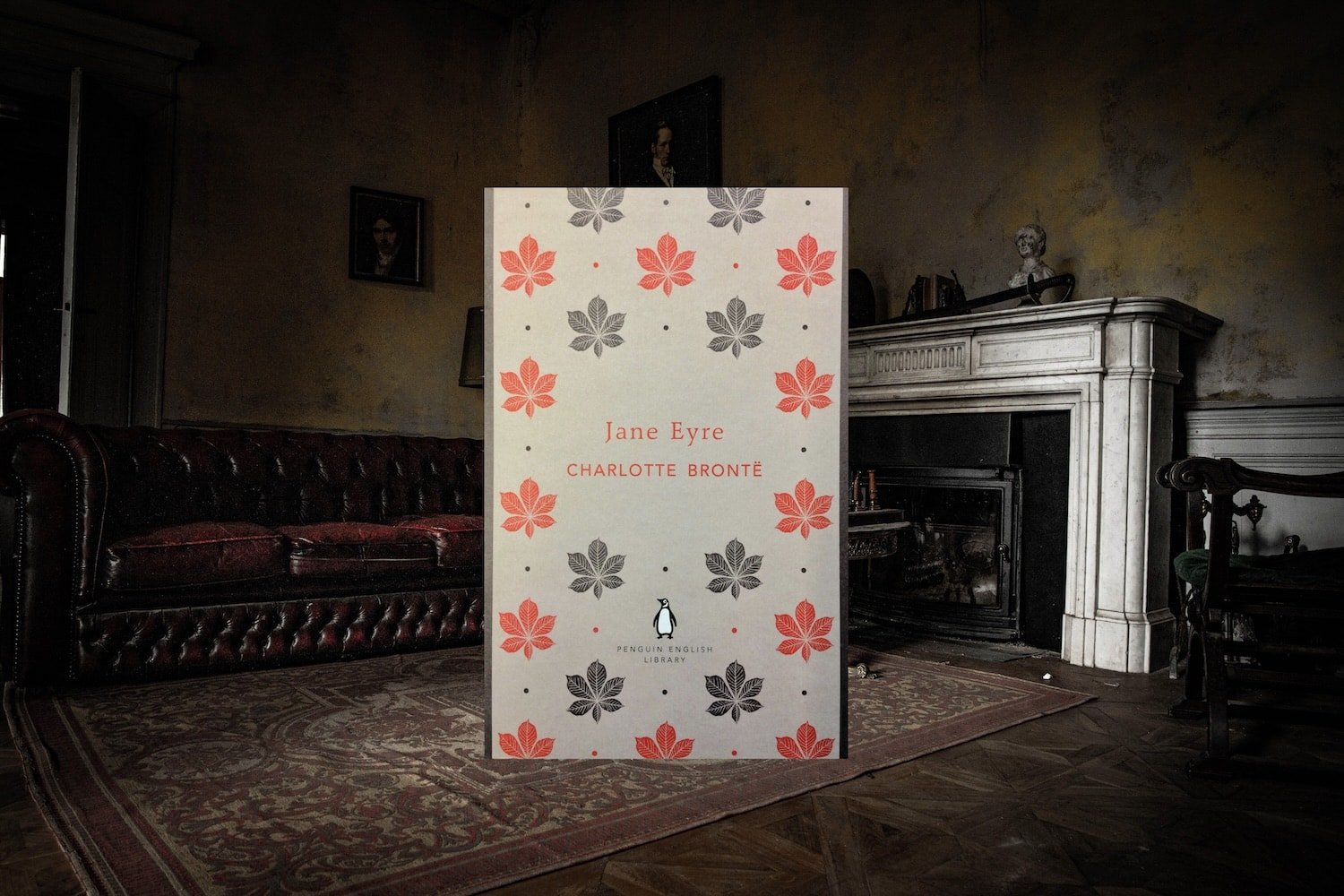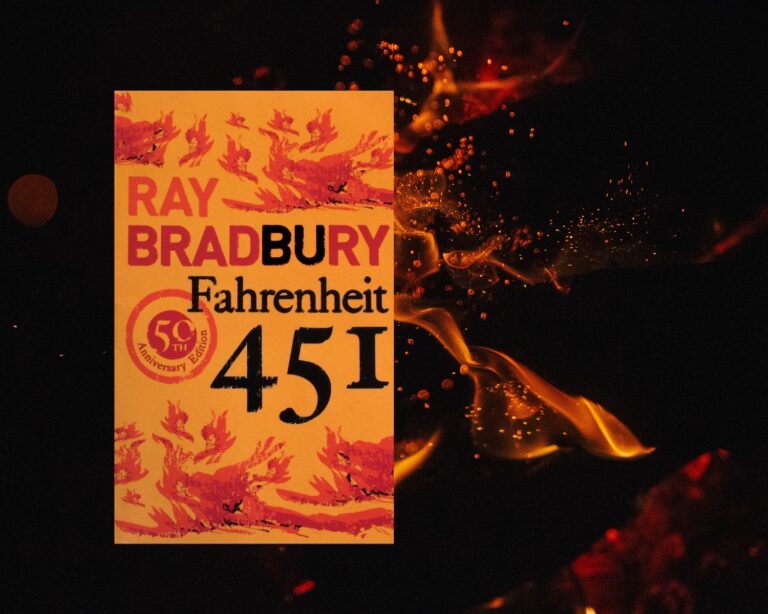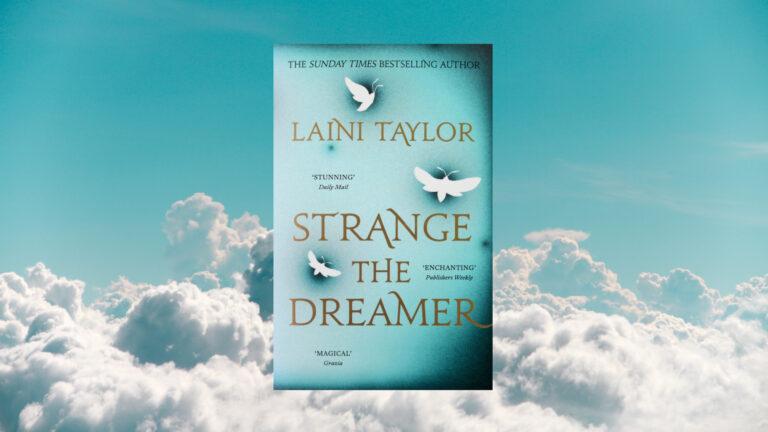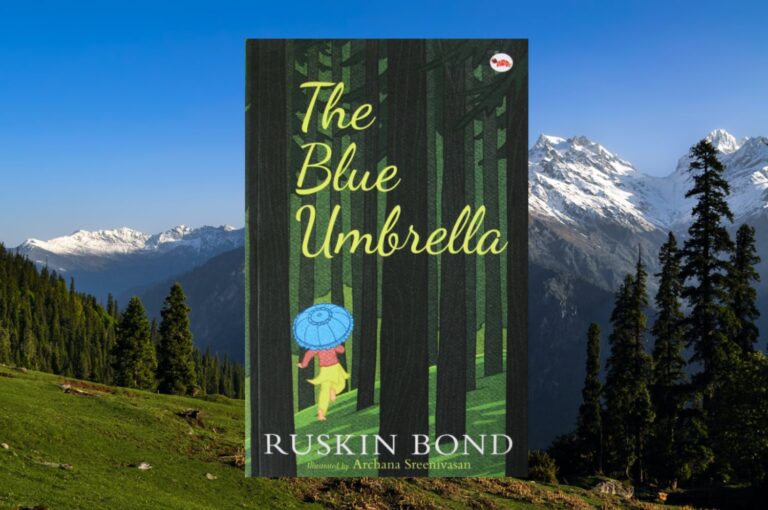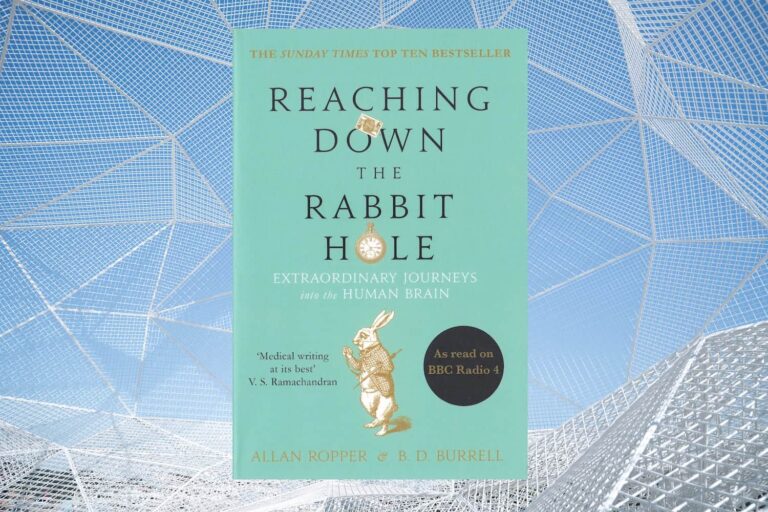A sweeping romance that’s also a psychological-drama, Jane Eyre is a much beloved classic that holds examples of popular gothic themes in the mid 19th century. Named after its leading lady, Jane Eyre tells the story of a plain girl, whose brightness of mind is matched by her kind heart, despite experiencing a harsh and loveless upbringing. But through her role as a governess, falls into a timeless and epic love story that holds a disastrous secret – for there are more dangerous things than ghosts at Thornfield Hall.
Opening with Jane’s childhood, we’re introduced to her upper-class family who seem to love nothing more than to torture their poor cousin. Emotionally abused by her aunt, and ruthlessly bullied by her cousin – who sees Jane as his play thing in which to pull apart. But worse is to come when they lock her in the Red Room – a place Jane identifies to be haunted since her uncle’s death there. Her pleas to be released long ignored, and eventually she becomes hysterical imagining she’s not alone in the room, until at last collapsing (it was the only refuge left). This fear of ghosts, and of pasts long haunted, continue as a theme throughout Jane Eyre.
Continuing Jane’s ill-fortune she’s sent to a charity-run-school for girl’s, where she is unjustly labelled as a mischievous child. Shut off from any kindness, she eventually meets a young friend who teaches her what love is, their bond like that of sisters. But it’s not long before she again experiences death and her first heartbreak, causing her to seal off her emotions in an act of self-protection. This fear of pain is also repeated throughout the book, and something which Jane guards against.
Meeting a teacher who supports Jane and cultivates her sharp mind, it comes as no surprise that Jane soon follows in her shoes. With a heart full of adventure, and realising she’s outgrown the confines of childhood, Jane leaves the ghosts of her youth behind and sets off to become the governess of a motherless child – the ward of a stern Mr Rochester. The setting is like the gothic inspiration for many a creepy movie; Thornfield Hall is refined but secluded, its structure towering over the landscapes, its shadow inescapable.
At first Mr Rochester and Jane have little contact, except in a bout of sharp retorts, but soon they begin to form a friendship, and not long after, Jane begins to develop romantic feelings for the elusive Mr Rochester. It’s at times like this that Jane Eyre is lighter in nature, and even humorous at points. In Jane’s determined actions and thoughts, we’re shown a feminist icon – one who more than matches the leading man in intelligence and will. But in reflecting the period of the times with its system of classes – something author Charlotte Brontë, wants the viewer to question – Jane views that she’s in too lowly a position to have anything happen between them, and instead watches as a dazzling lady of great standing pursues Mr Rochester, and whom he seems to harbour feelings for in return. Or is Jane misreading the signs, and in following our heroine are we doing the same? Are Mr Rochester’s eyes instead following Jane in her every step? But the real, and very dangerous question is, is that the only pair of eyes on her?
There’s a secret in the house, with signs pointing to the presence of a ghost – one that seems to gravitate towards her. Now an adult, Jane’s childhood fear of ghosts is outweighed by her interest; she wants to know the truth, needs to know even – her apprehension only increased by what’s unknown.
There are great atmospheric scenes that are almost horror-inducing in their tension, with Jane waking to the sensation of someone creeping about her bedroom door, to the footsteps and shadows in the doorway of her room, till finally they stand beside her as she lies asleep. Is this apparition real? Or an affliction from her scarred childhood? If it is real it seems to wish those in the house harm, in particular Jane.
Charlotte Bronte has written an exquisite tale of past traumas, of dark truths kept hidden and the entrapment of those suffering because of society’s views and judgements. It certainly challenges the boundaries of class as well – with Jane Eyre exploring existing social rules and the consequences they have. Charlotte Bronte also presents a strong heroine with genuine fears of rejection, and though she tries locking her heart away for fear of being hurt, over the passage of the book she accepts the risk, the cost, and with it starts to let others in, including the reader who begins to see more of Jane’s bravery, and her deep desire to be a part of the world she has long watched through closed windows.
Book Edition Information:
Publisher: Penguin Books
ISBN: 9780141198859
Cover Design: Coralie Bickford-Smith
Presented Edition: 2012 Paperback
Background image courtesy of Richard Ludwig on Unsplash

